Hand-painted lettering has virtually disappeared from commercial signboards, but now an effort is on to digitise this vintage typography.
A few weeks ago, flex banner printer, Subhash Chavan had a curious visitor. Twenty-eight-year-old Hanif Kureshi walked into his shop at Chandni Chowk and asked for something no one had requested in almost a decade.
After all, hand-painted lettering, which used to be the distinctive feature of commercial signboards, had virtually disappeared from the scene. “We stopped painting years ago. Then, out of nowhere, Kureshi came and requested my father, Charan, to paint the English alphabet and punctuation marks in his signature style,” says Chavan, and you could imagine him shrugging at the other end of the telephone line.
Handpainted Type is Kureshi’s pet project. He visits artists across India to archive the charming, vintage fonts that once dotted the streets of the country, but are now almost extinct. Kureshi gets the artists to paint the lettering on a cloth banner and his Mumbai-based partner, Sarang Kulkarni, then digitises the fonts.
The typography will soon be up for downloads at a nominal rate, and half of the proceeds will go to the artists.
The Fruit Juice style
Charan, now 65, is credited with inventing the Fruit Juice Style type which, even today, can be found on most fruit juice stalls in Delhi, Chandigarh, and Jaipur. His son Chavan remembers how people would flock to his father’s shop. “Our clients had to wait for 2-3 months, because we had so many orders for signboards. Every family member, including the women, sat up till 2am to fill colours in the letters.”
Chavan’s voice goes flat when he speaks about the work he does today. “It’s not about art any more; it’s about keeping your head above water. My father had the choice of switching to computer printing, but he refused to work with the technology that had replaced his art.”
Kureshi’s project website handpaintedtype.com is a time machine of sorts, taking you back to a time where the painting of signboards with their intricate lettering was an art form. Sipping beer in a restaurant and dressed in a velvet jacket, Kureshi recalls his childhood aspiration to be a street painter. “I thought the only way to stay in touch with colours was to intern with the street painters, which I did when I was 10 years old. Later I went on to study fine arts at a college in Baroda and got hooked to typography. That’s when I learnt that fonts had names — back home, the street painters gave them random, local terms.”
Among the contributors to Kureshi’s project is Umesh Baldania, 27, who is a creative director at ad agency Publicis. Like Kureshi, he assisted street painters in Dhoraji in Gujarat till the age of 14 before going on to study fine arts. “I enrolled myself at the Baroda University because I thought it would make me better at typography and give me an edge over the other street painters in my town of 2000 people,” he chuckles.
A vinyl age
Baldania has a partner in Gujarat who still runs their old painting shop. He doesn’t get too many hand-painting jobs, however; so he mostly lives off the commission he gets by facilitating computer-designed banners. Baldania says his first love is typography and still designs new fonts as a hobby. When he goes back home for holidays, he loves taking on the odd painting project his partner may have landed.
Not every artist, says Kureshi, is an enthusiastic contributor like Umesh. “Many artists flatly refuse to contribute to my project, including my first painting teacher who taught me typography in Gujarat. I don’t blame them - they’ve seen how vinyl banners have made their art redundant. They point at these banners and show me how they don’t measure up in quality or style. What can I say to that? I can’t really conjure up business for them…”
In Mumbai, 56-year-old Balaram Patekar, an erstwhile sign painter, doesn’t know how to react when told about Kureshi’s project. “It’s surprising that something like this is being done now. It hit us really hard back when we all went out of work, you know. Decades ago, most hand-painted signs of the cigarette brand Charminar and Maharashtra lottery across Mumbai were done by me. I refuse to touch the computer — not even for the money.”
![submenu-img]() Azim Premji may acquire majority stake in this bank from…
Azim Premji may acquire majority stake in this bank from…![submenu-img]() Meet schoolmates who quit high-paying jobs to start their own business, invested Rs 1 lakh, now worth Rs…
Meet schoolmates who quit high-paying jobs to start their own business, invested Rs 1 lakh, now worth Rs…![submenu-img]() Meet daughter of cleaning contractor who cleared UPSC exam in first attempt, secured AIR...
Meet daughter of cleaning contractor who cleared UPSC exam in first attempt, secured AIR...![submenu-img]() Meet man who was first employee of Infosys, it's not Narayana Murthy, Nandan Nilekani, SD Shibulal
Meet man who was first employee of Infosys, it's not Narayana Murthy, Nandan Nilekani, SD Shibulal![submenu-img]() Sobhita Dhulipala opens up about facing ‘casual objectification’: ‘I have been told so many times to…’
Sobhita Dhulipala opens up about facing ‘casual objectification’: ‘I have been told so many times to…’![submenu-img]() DNA Verified: Is CAA an anti-Muslim law? Centre terms news report as 'misleading'
DNA Verified: Is CAA an anti-Muslim law? Centre terms news report as 'misleading'![submenu-img]() DNA Verified: Lok Sabha Elections 2024 to be held on April 19? Know truth behind viral message
DNA Verified: Lok Sabha Elections 2024 to be held on April 19? Know truth behind viral message![submenu-img]() DNA Verified: Modi govt giving students free laptops under 'One Student One Laptop' scheme? Know truth here
DNA Verified: Modi govt giving students free laptops under 'One Student One Laptop' scheme? Know truth here![submenu-img]() DNA Verified: Shah Rukh Khan denies reports of his role in release of India's naval officers from Qatar
DNA Verified: Shah Rukh Khan denies reports of his role in release of India's naval officers from Qatar![submenu-img]() DNA Verified: Is govt providing Rs 1.6 lakh benefit to girls under PM Ladli Laxmi Yojana? Know truth
DNA Verified: Is govt providing Rs 1.6 lakh benefit to girls under PM Ladli Laxmi Yojana? Know truth![submenu-img]() Streaming This Week: Heeramandi, Shaitaan, Manjummel Boys, latest OTT releases to binge-watch
Streaming This Week: Heeramandi, Shaitaan, Manjummel Boys, latest OTT releases to binge-watch![submenu-img]() Remember Ayesha Kapur? Michelle from Black, here's how actress, nutrition coach, entrepreneur looks after 19 years
Remember Ayesha Kapur? Michelle from Black, here's how actress, nutrition coach, entrepreneur looks after 19 years![submenu-img]() Remember Heyy Babyy's cute 'Angel' Juanna Sanghvi? 20 year-old looks unrecognisable now, fans say 'her comeback will...'
Remember Heyy Babyy's cute 'Angel' Juanna Sanghvi? 20 year-old looks unrecognisable now, fans say 'her comeback will...'![submenu-img]() In pics: Arti Singh stuns in red lehenga as she ties the knot with beau Dipak Chauhan in dreamy wedding
In pics: Arti Singh stuns in red lehenga as she ties the knot with beau Dipak Chauhan in dreamy wedding![submenu-img]() Actors who died due to cosmetic surgeries
Actors who died due to cosmetic surgeries![submenu-img]() DNA Explainer: Why Harvey Weinstein's rape conviction was overturned, will beleaguered Hollywood mogul get out of jail?
DNA Explainer: Why Harvey Weinstein's rape conviction was overturned, will beleaguered Hollywood mogul get out of jail?![submenu-img]() What is inheritance tax?
What is inheritance tax?![submenu-img]() DNA Explainer: What is cloud seeding which is blamed for wreaking havoc in Dubai?
DNA Explainer: What is cloud seeding which is blamed for wreaking havoc in Dubai?![submenu-img]() DNA Explainer: What is Israel's Arrow-3 defence system used to intercept Iran's missile attack?
DNA Explainer: What is Israel's Arrow-3 defence system used to intercept Iran's missile attack?![submenu-img]() DNA Explainer: How Iranian projectiles failed to breach iron-clad Israeli air defence
DNA Explainer: How Iranian projectiles failed to breach iron-clad Israeli air defence![submenu-img]() Sobhita Dhulipala opens up about facing ‘casual objectification’: ‘I have been told so many times to…’
Sobhita Dhulipala opens up about facing ‘casual objectification’: ‘I have been told so many times to…’![submenu-img]() Meet actress, who debuted with Aamir Khan's film, now winning hearts in Heeramandi; know her connection to Preity Zinta
Meet actress, who debuted with Aamir Khan's film, now winning hearts in Heeramandi; know her connection to Preity Zinta![submenu-img]() Meet engineer-turned-actor, who quit high-paying job for acting, struggled to get Rs 200; became superstar, now earns…
Meet engineer-turned-actor, who quit high-paying job for acting, struggled to get Rs 200; became superstar, now earns… ![submenu-img]() This film bombed at box office, earned less than Rs 2 crore, Shraddha Kapoor was first choice, director quit filmmaking
This film bombed at box office, earned less than Rs 2 crore, Shraddha Kapoor was first choice, director quit filmmaking![submenu-img]() India's biggest flop lost Rs 250 crore, derailed 2 stars; worse than Adipurush, Shamshera, Ganapath, Laal Singh Chaddha
India's biggest flop lost Rs 250 crore, derailed 2 stars; worse than Adipurush, Shamshera, Ganapath, Laal Singh Chaddha![submenu-img]() IPL 2024: Venkatesh Iyer, Mitchell Starc power Kolkata Knight Riders to 24-run win over Mumbai Indians
IPL 2024: Venkatesh Iyer, Mitchell Starc power Kolkata Knight Riders to 24-run win over Mumbai Indians![submenu-img]() RCB vs GT IPL 2024: Predicted playing XI, live streaming details, weather and pitch report
RCB vs GT IPL 2024: Predicted playing XI, live streaming details, weather and pitch report![submenu-img]() RCB vs GT IPL 2024 Dream11 prediction: Fantasy cricket tips for Royal Challengers Bengaluru vs Gujarat Titans
RCB vs GT IPL 2024 Dream11 prediction: Fantasy cricket tips for Royal Challengers Bengaluru vs Gujarat Titans![submenu-img]() Australia dethrone India to become No. 1 ranked test team after annual rankings update
Australia dethrone India to become No. 1 ranked test team after annual rankings update![submenu-img]() Watch: MS Dhoni's heartfelt gesture for CSK's 103-yr-old superfan wins internet, video goes viral
Watch: MS Dhoni's heartfelt gesture for CSK's 103-yr-old superfan wins internet, video goes viral![submenu-img]() Viral video: Man transports huge wardrobe on bike, internet is stunned
Viral video: Man transports huge wardrobe on bike, internet is stunned![submenu-img]() Mother polar bear cuddles with her cub, viral video will melt your heart
Mother polar bear cuddles with her cub, viral video will melt your heart![submenu-img]() Viral video: Girl's 'Choli Ke Piche' dance performance at college fest divides internet, watch
Viral video: Girl's 'Choli Ke Piche' dance performance at college fest divides internet, watch![submenu-img]() Video: Cobra mother's protective instincts go viral as she guards nest of eggs, watch
Video: Cobra mother's protective instincts go viral as she guards nest of eggs, watch![submenu-img]() Die-hard Virat Kohli fan displays love for 'Namma RCB' at graduation ceremony in US, video goes viral
Die-hard Virat Kohli fan displays love for 'Namma RCB' at graduation ceremony in US, video goes viral
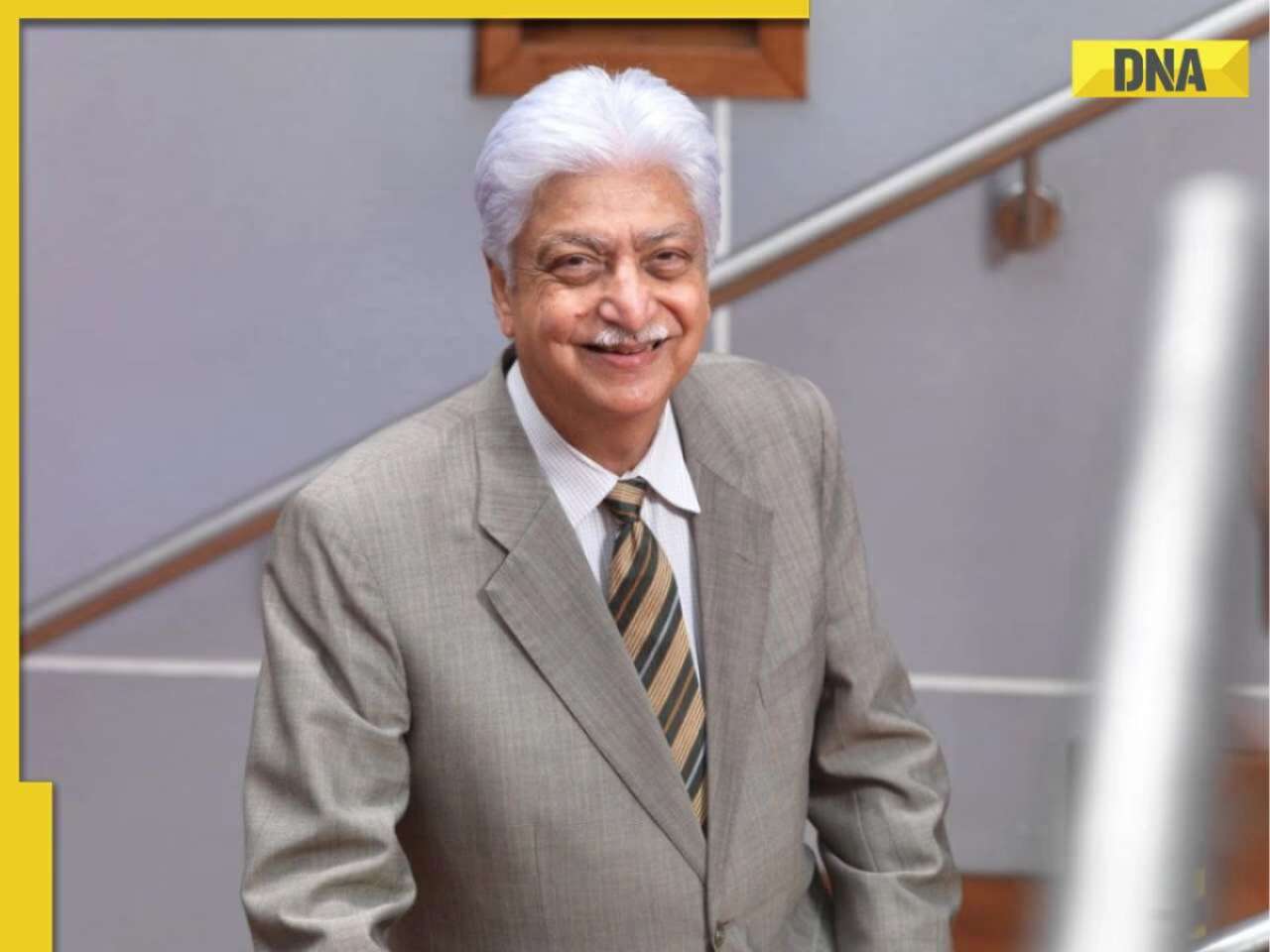
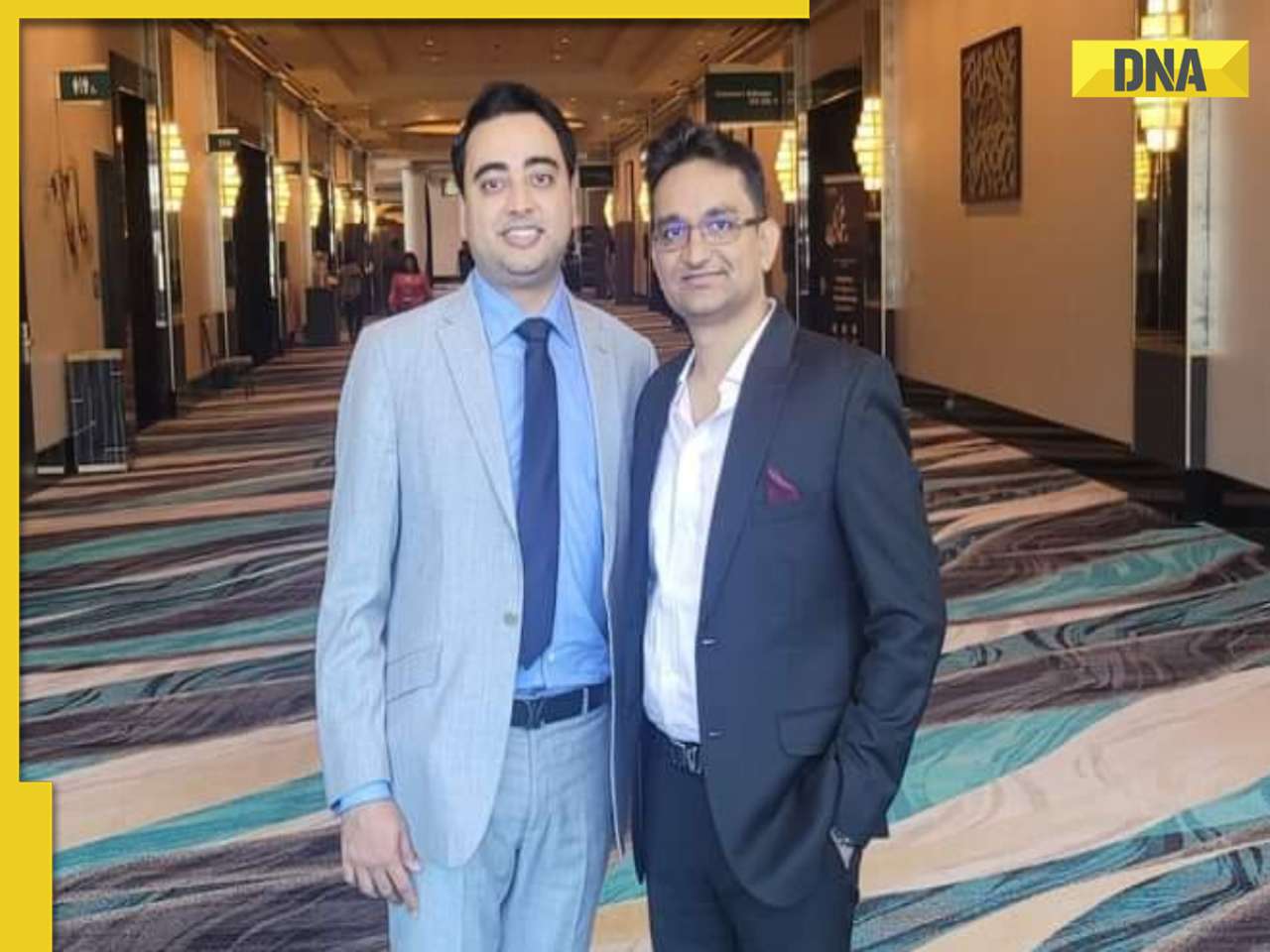
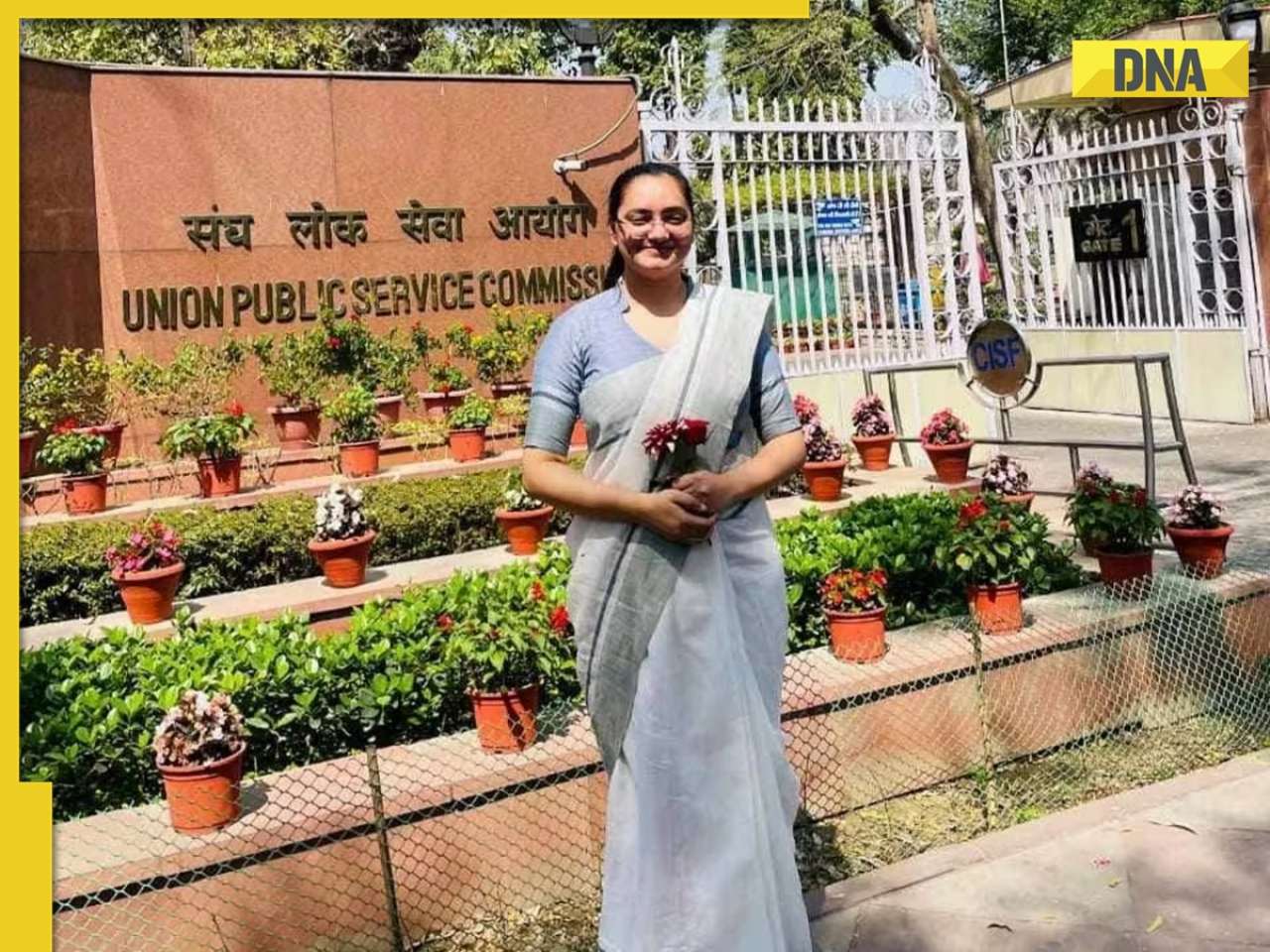
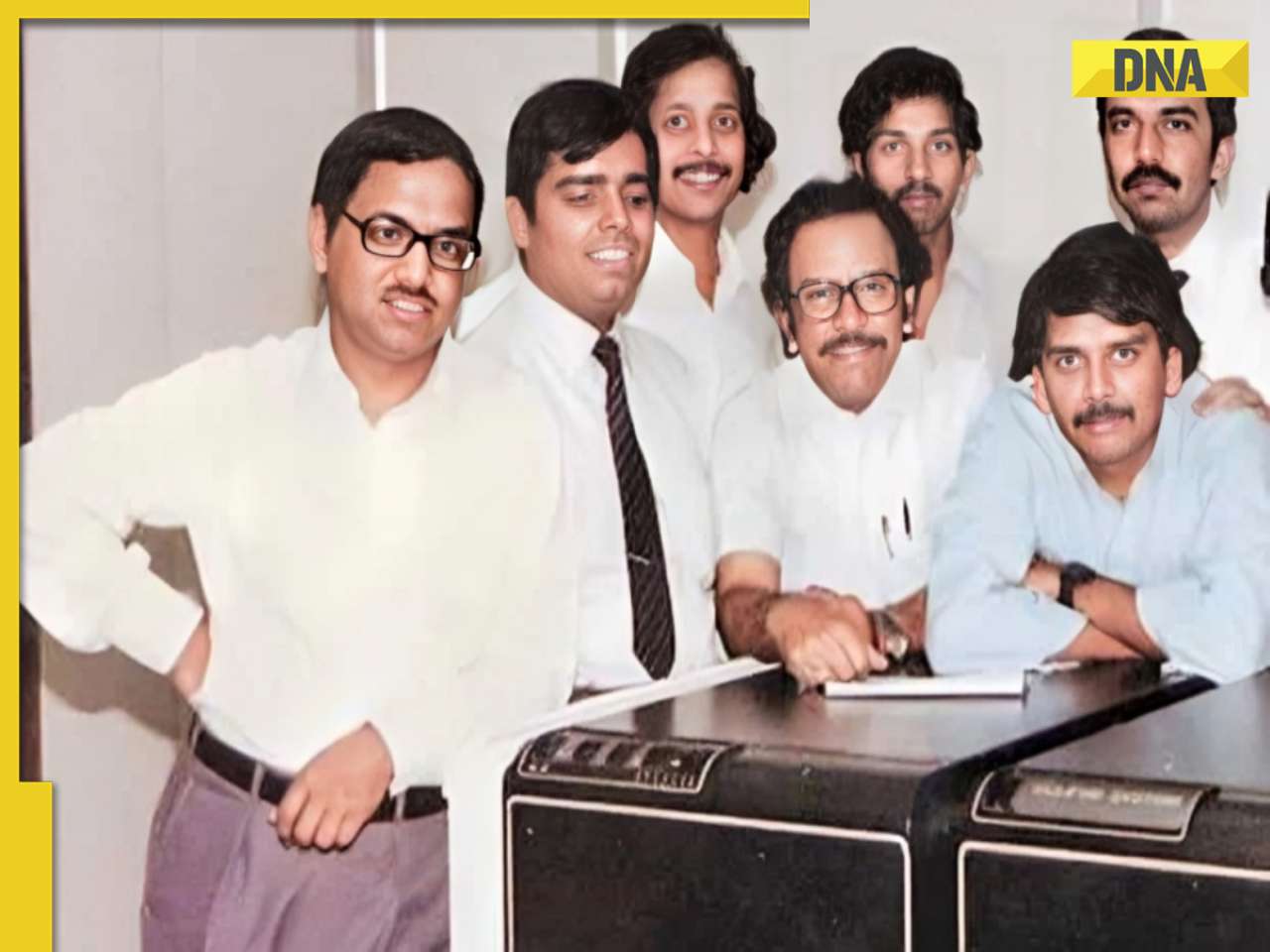






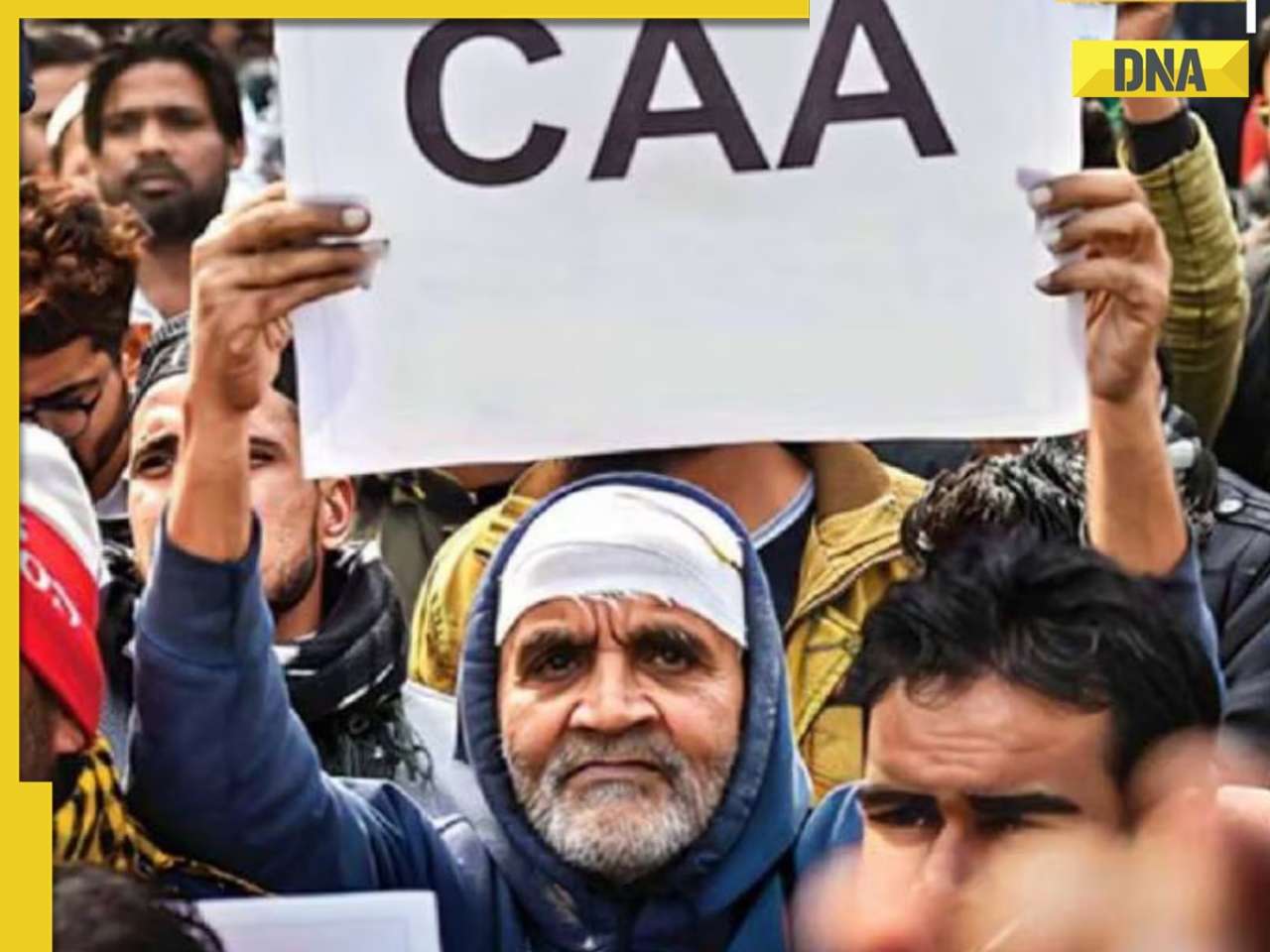
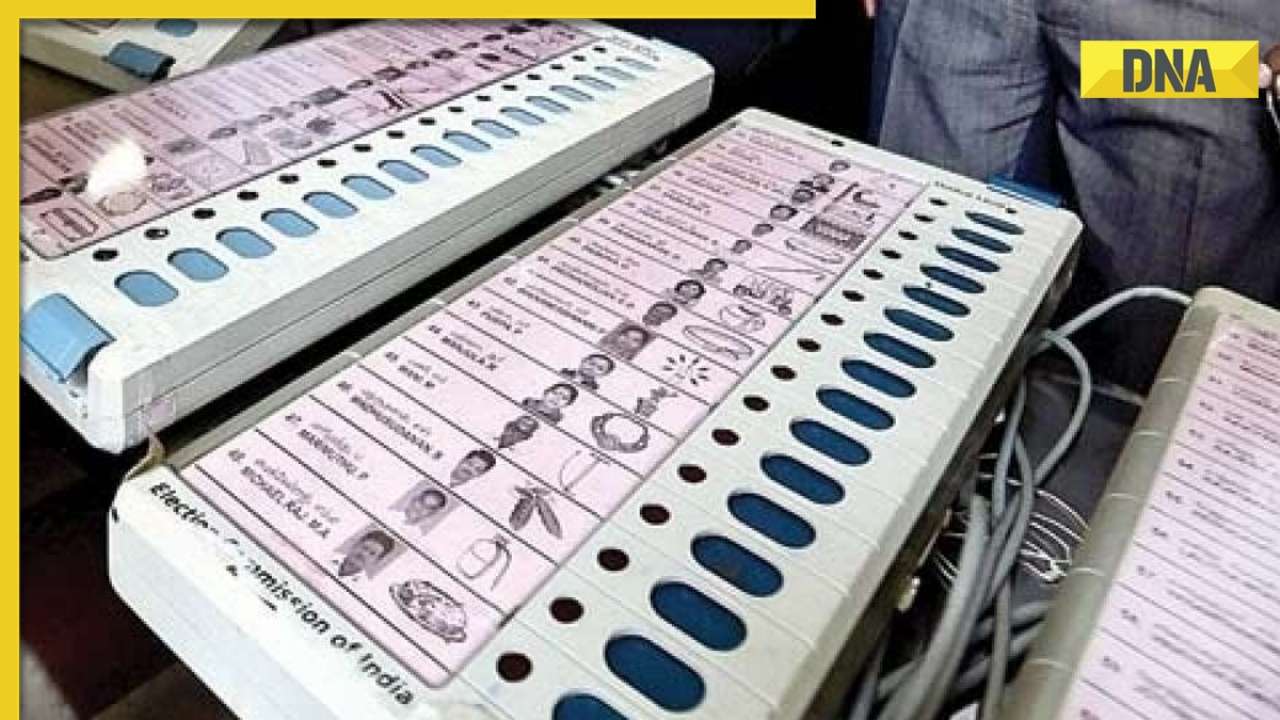


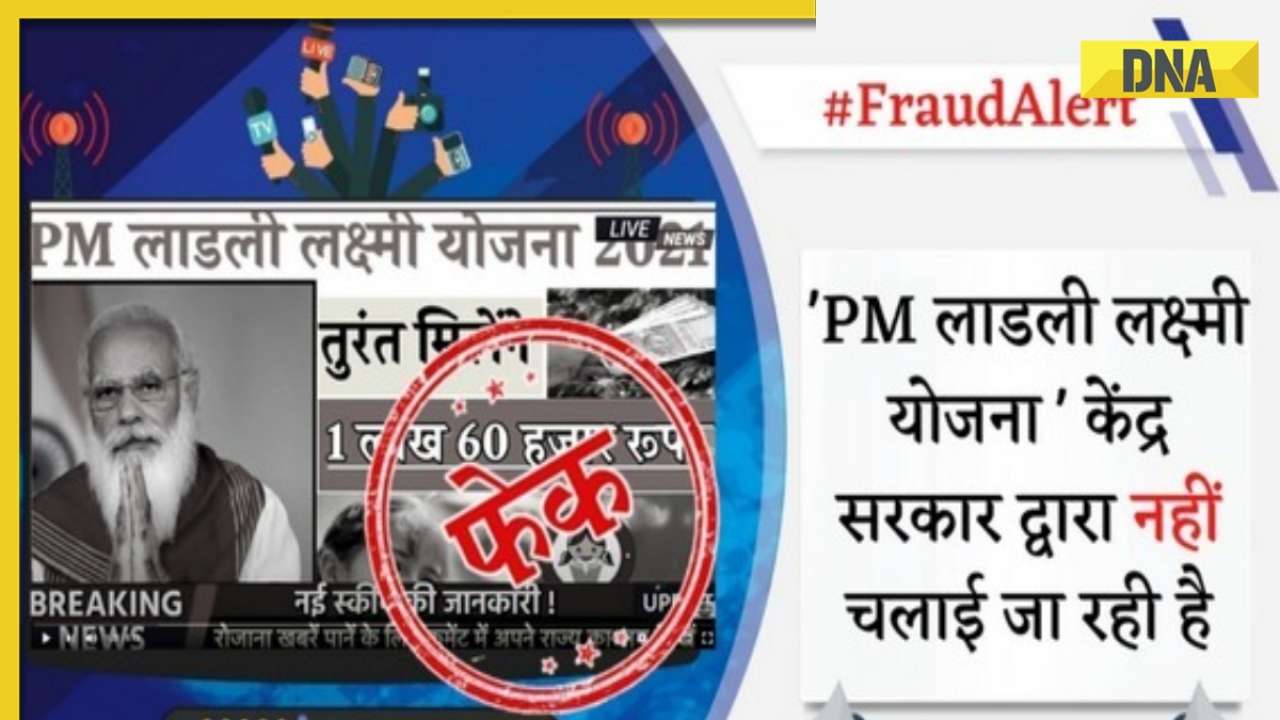








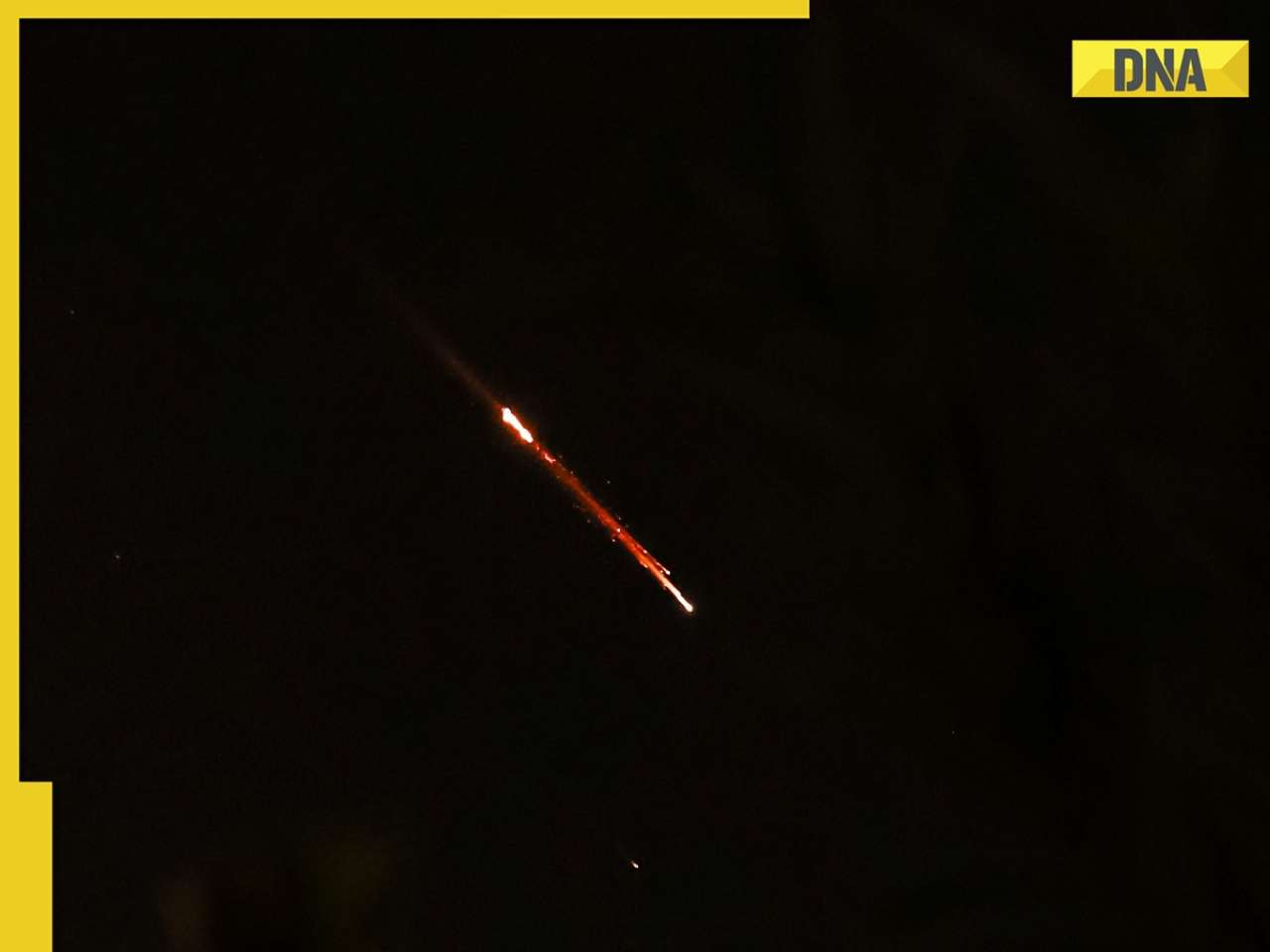
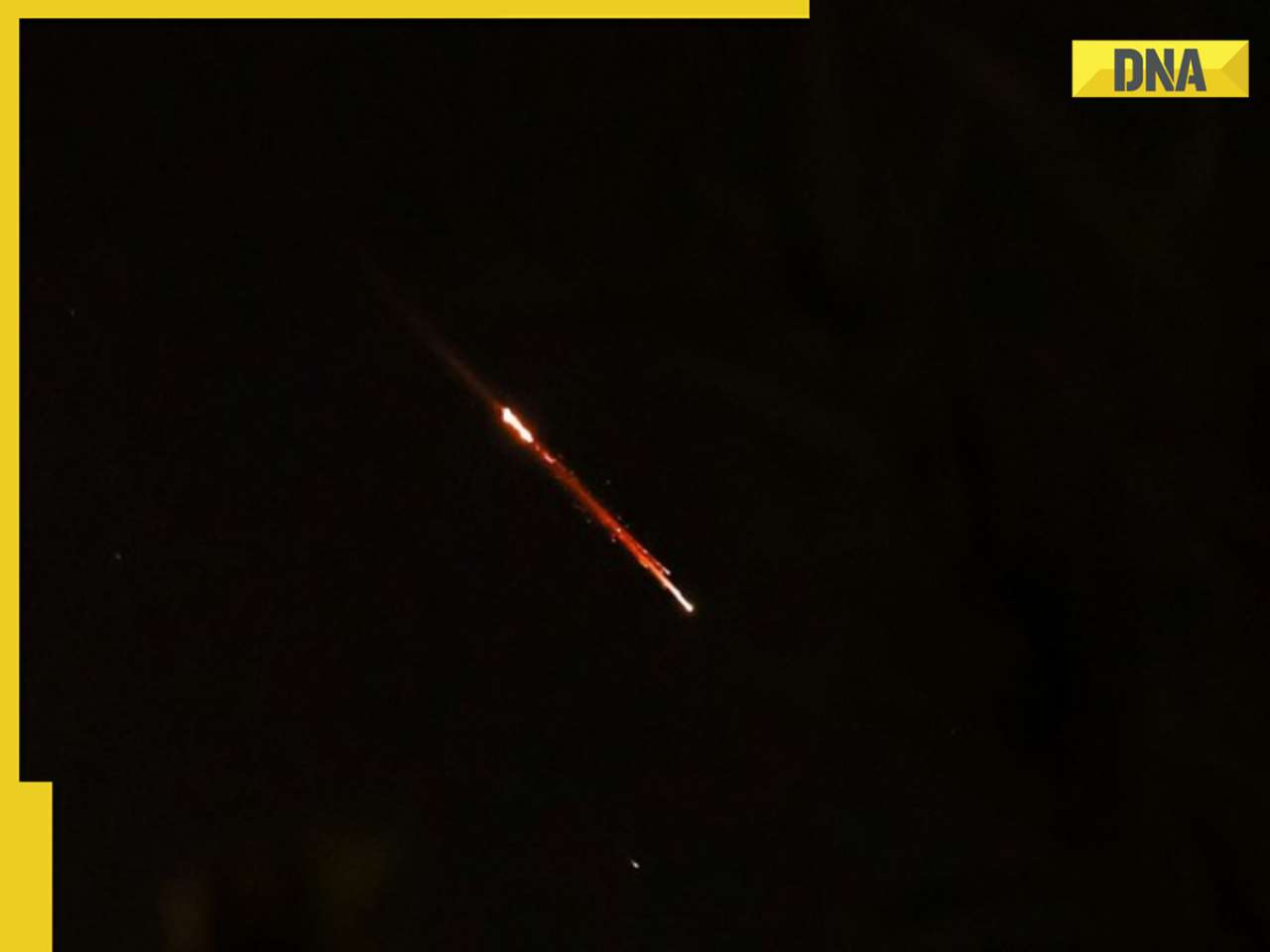
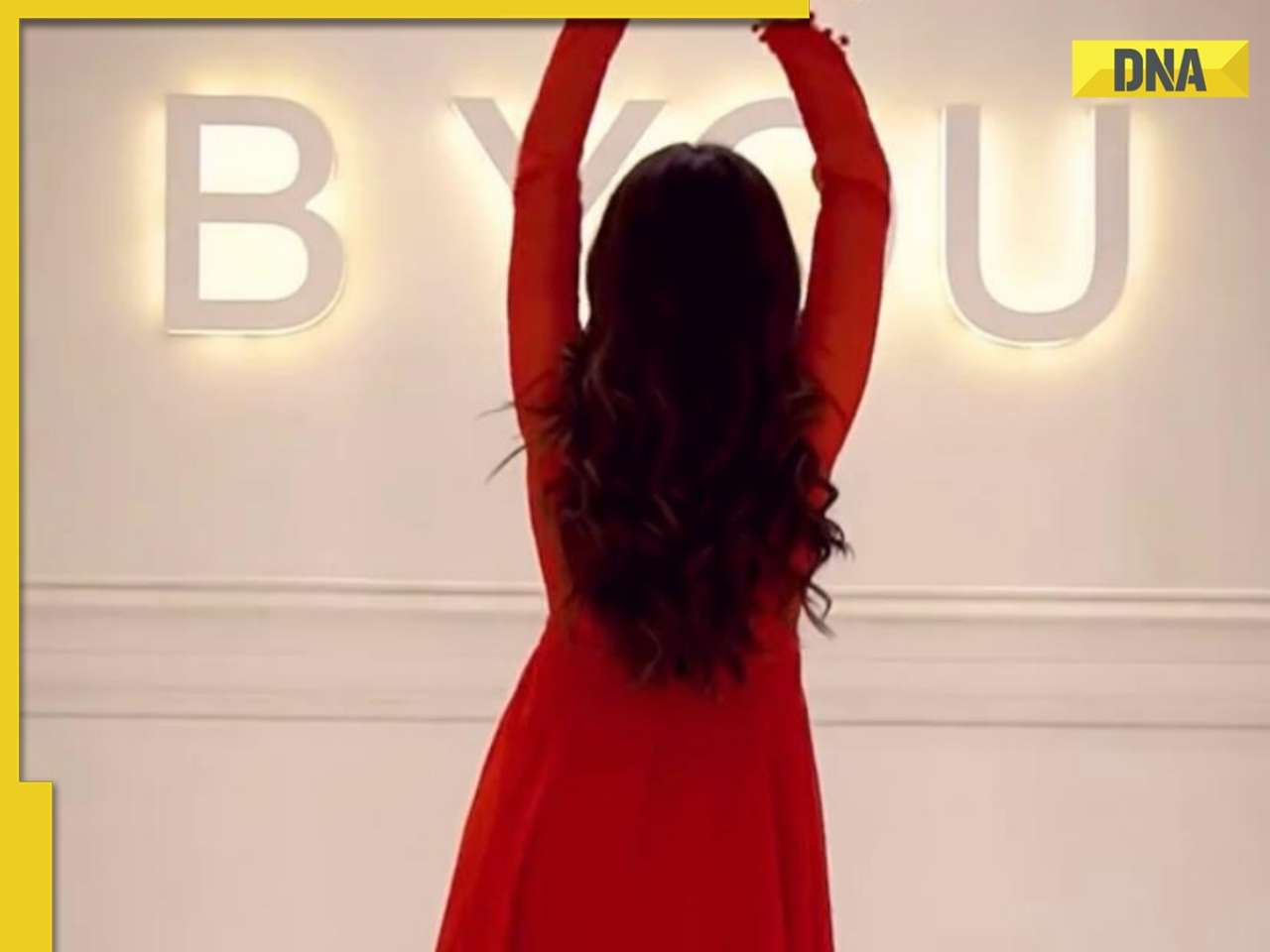
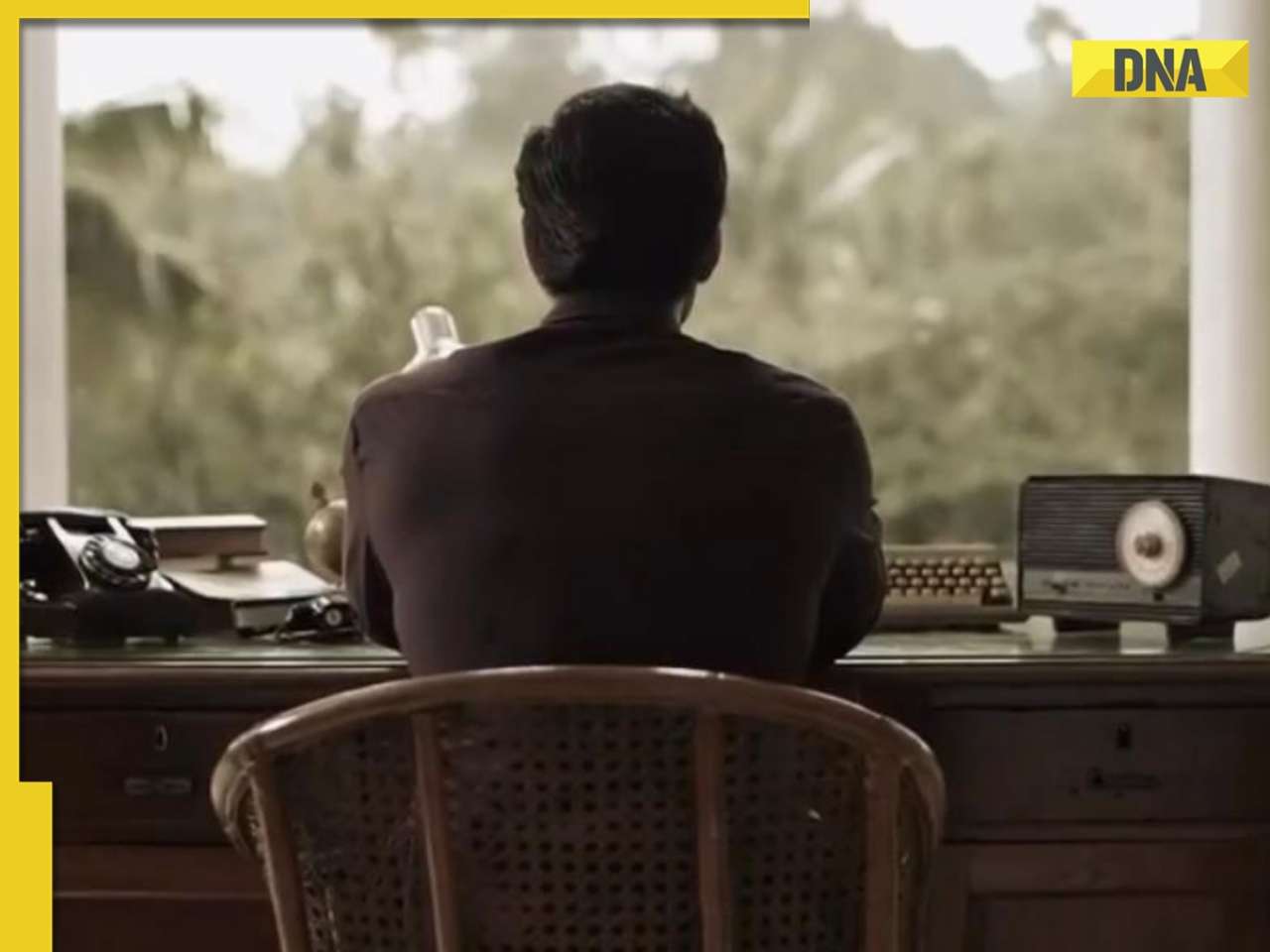
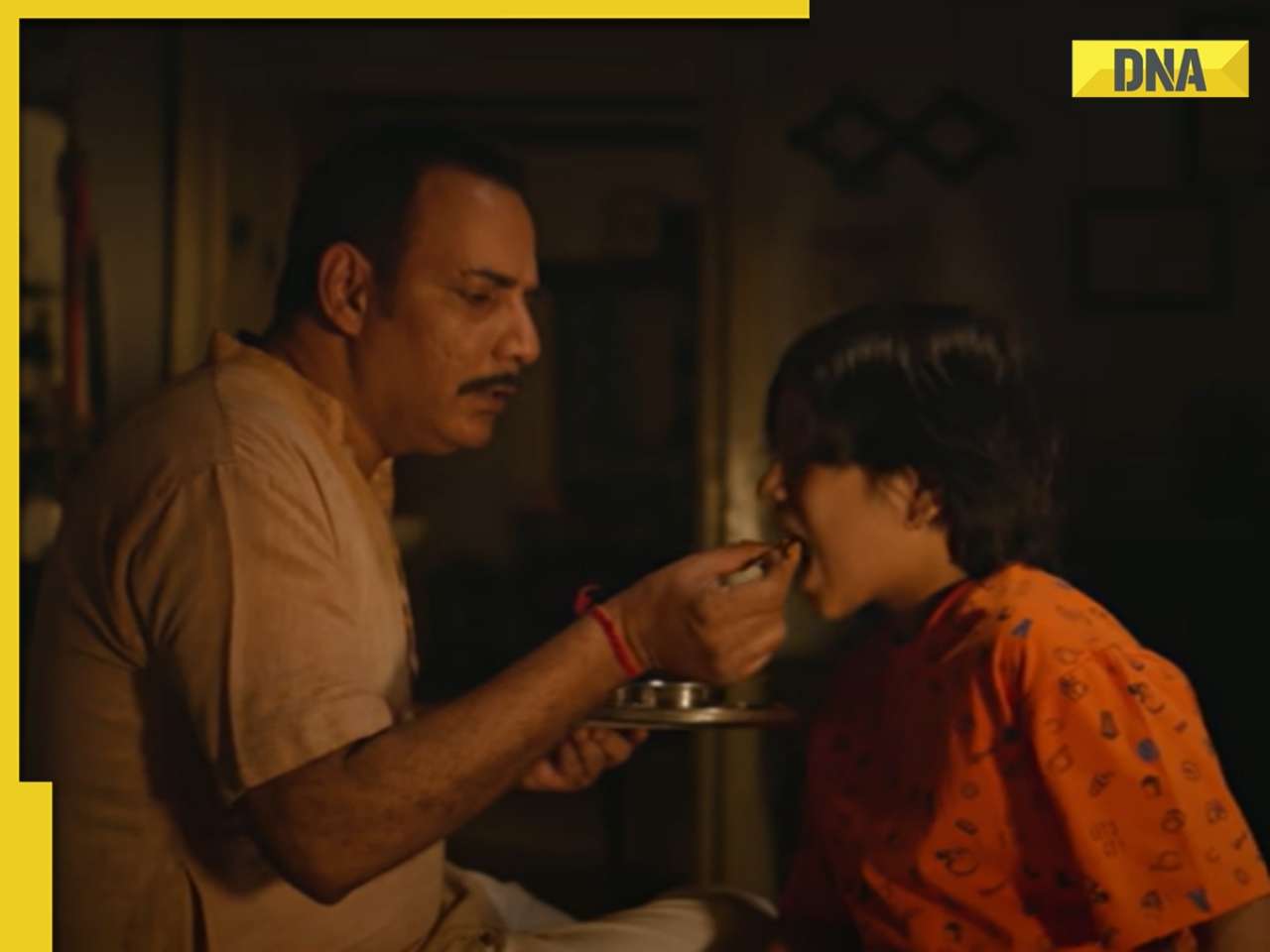
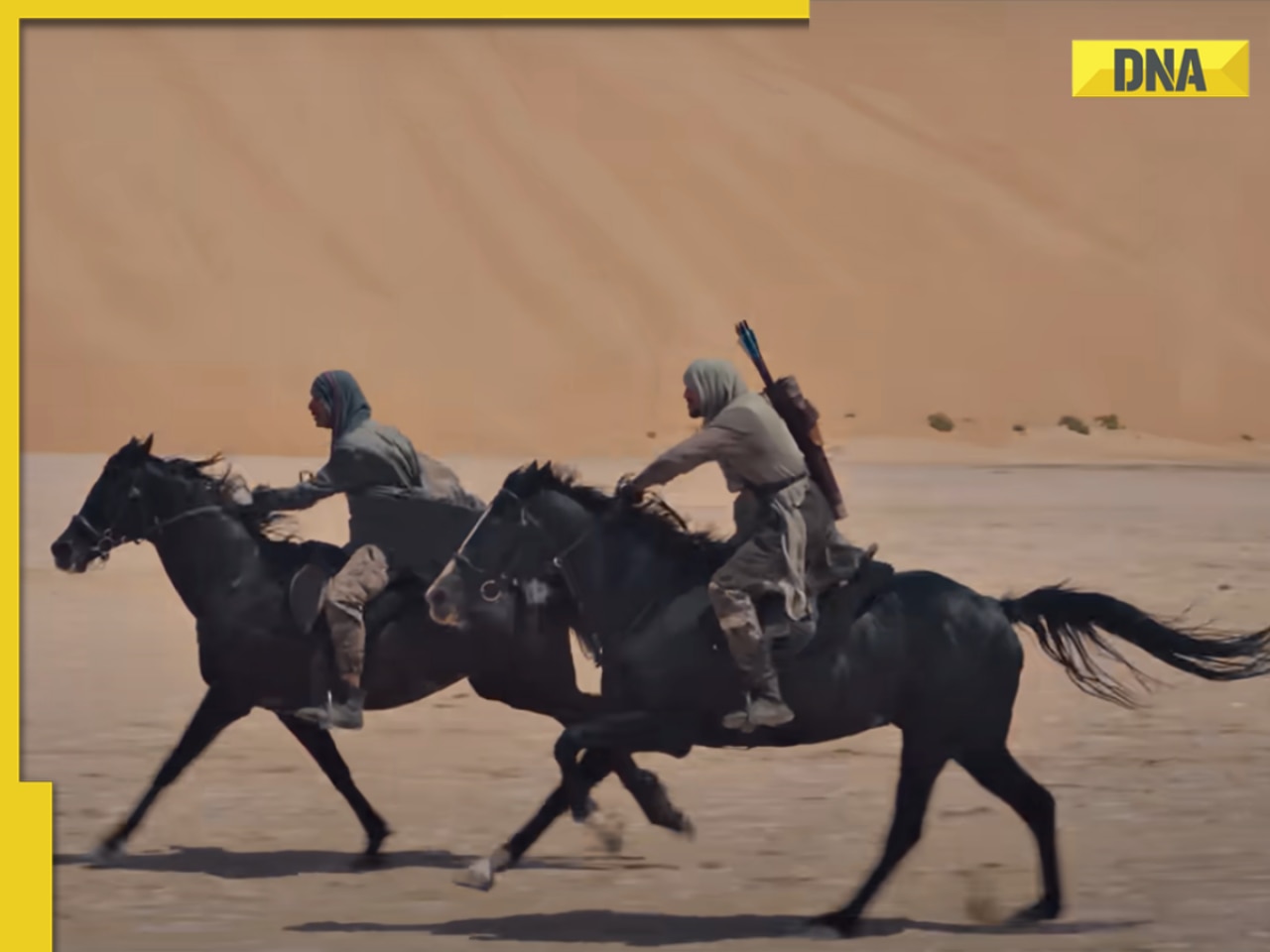

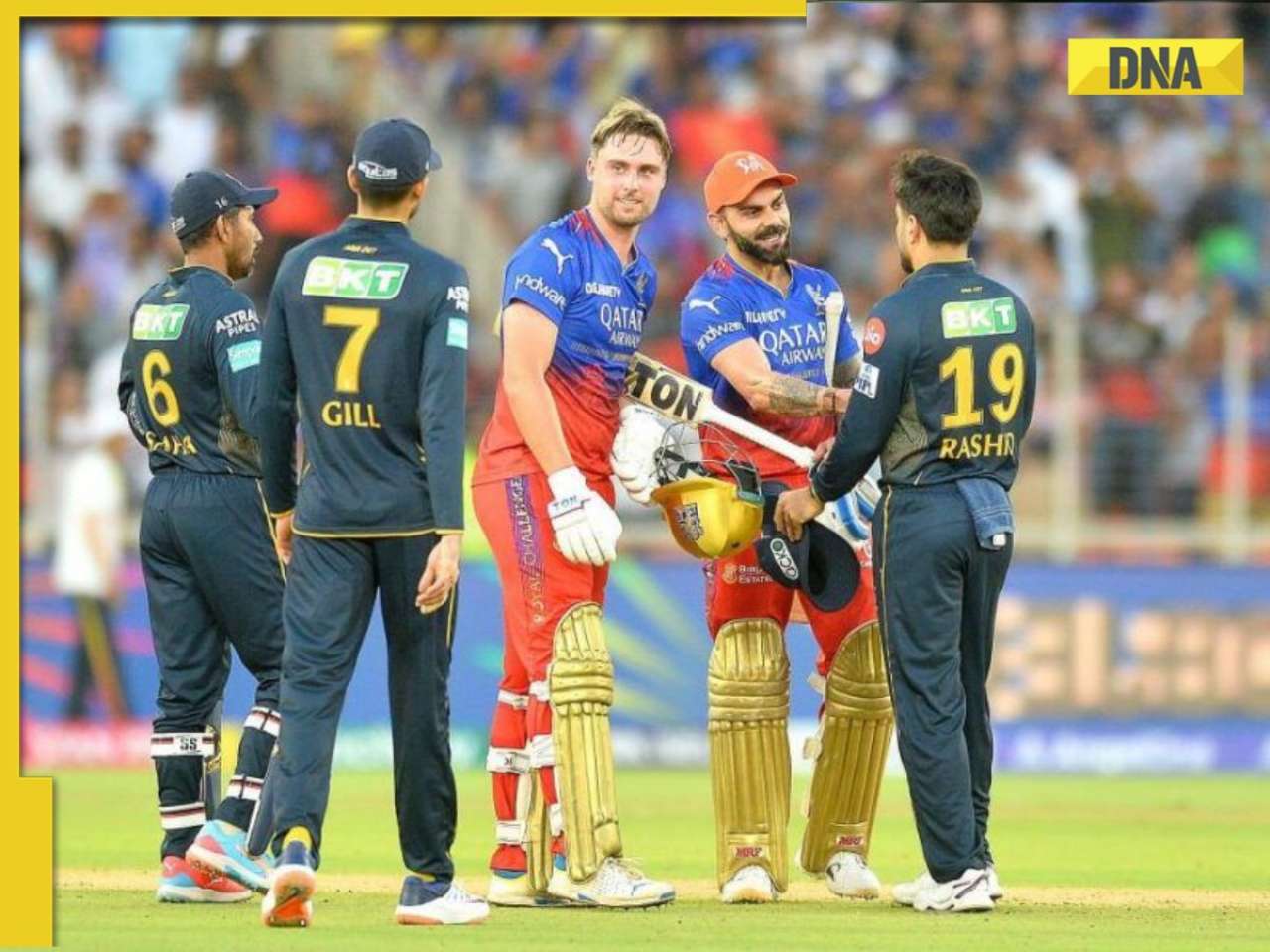
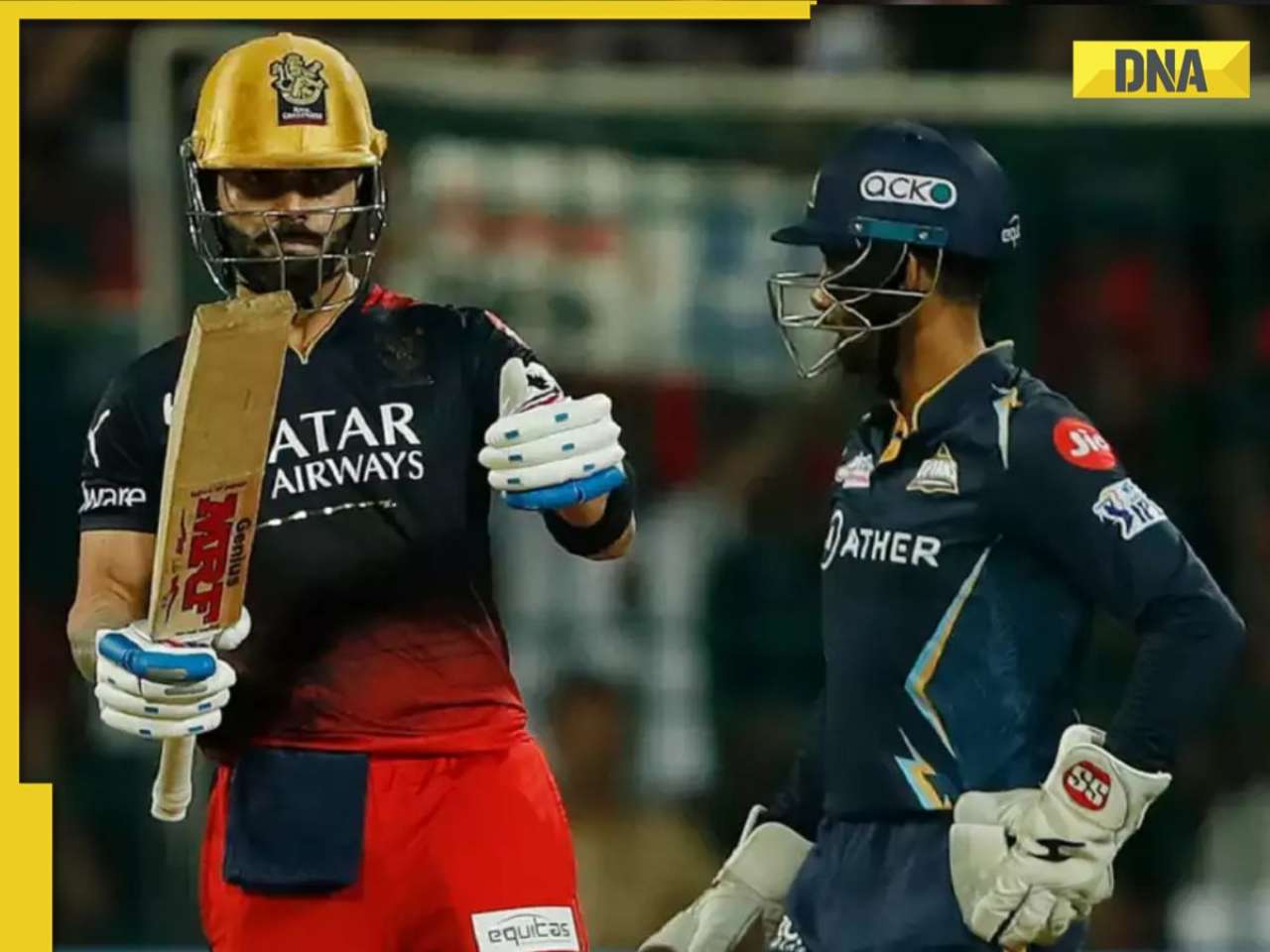




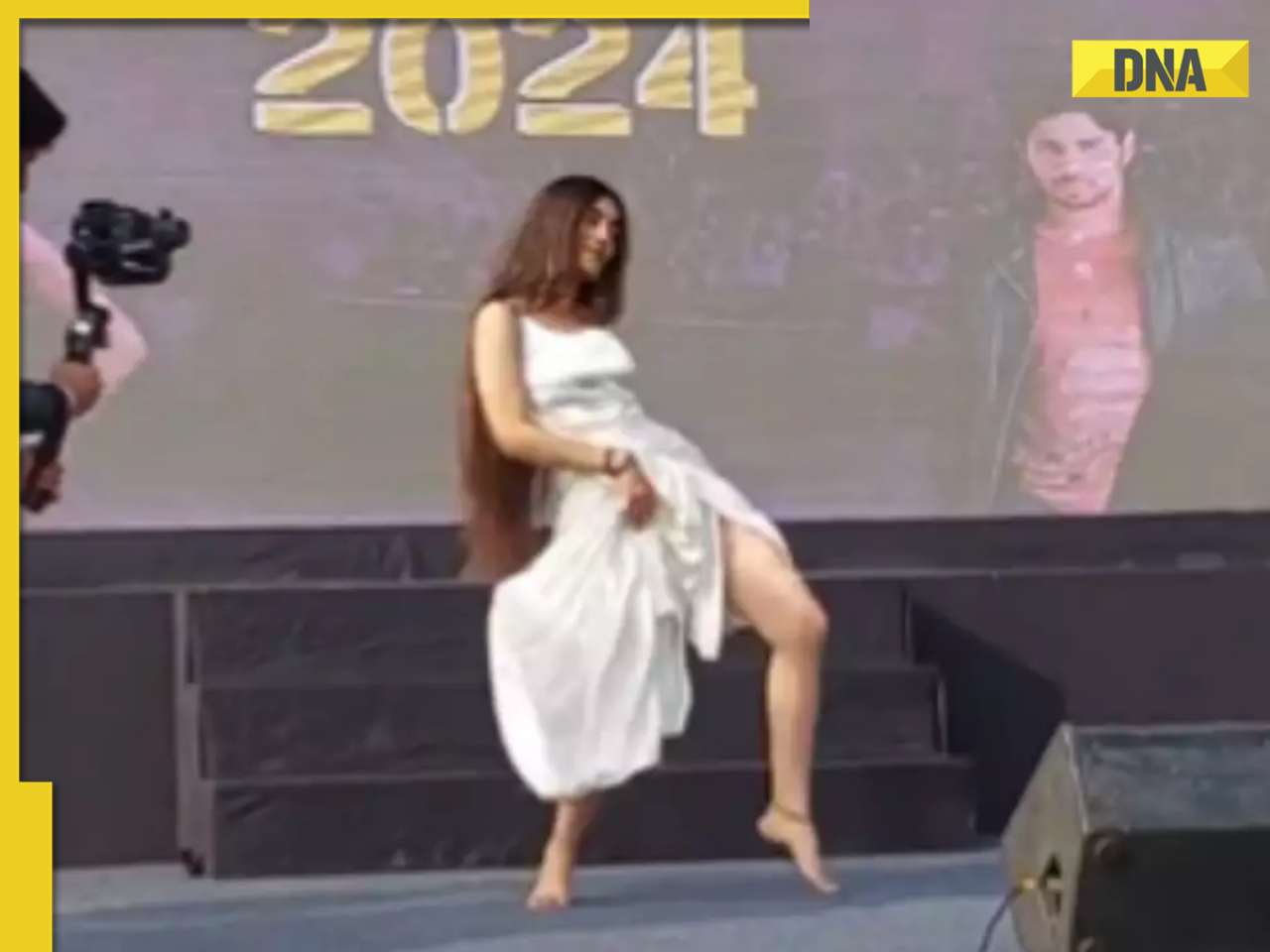
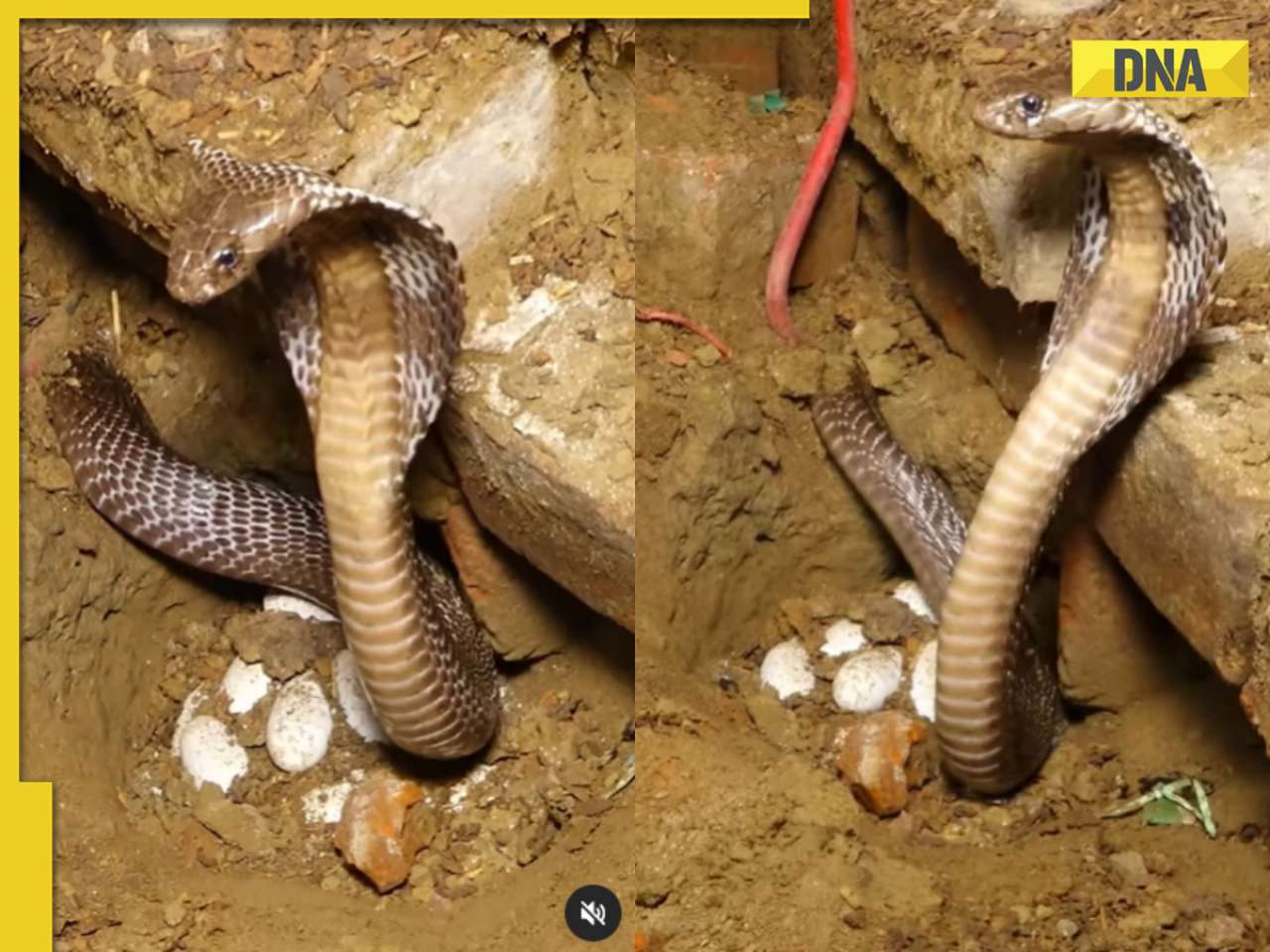
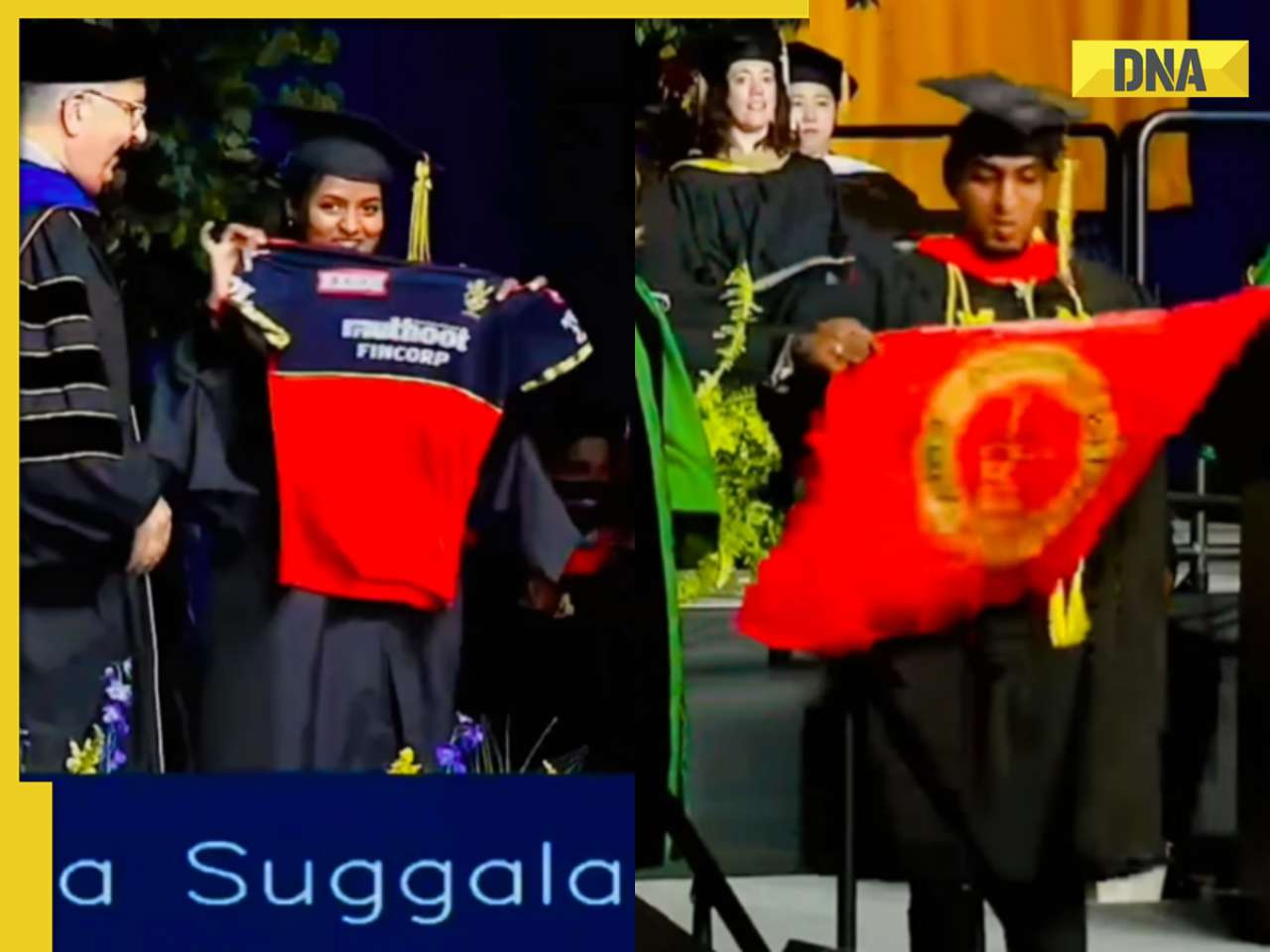

)
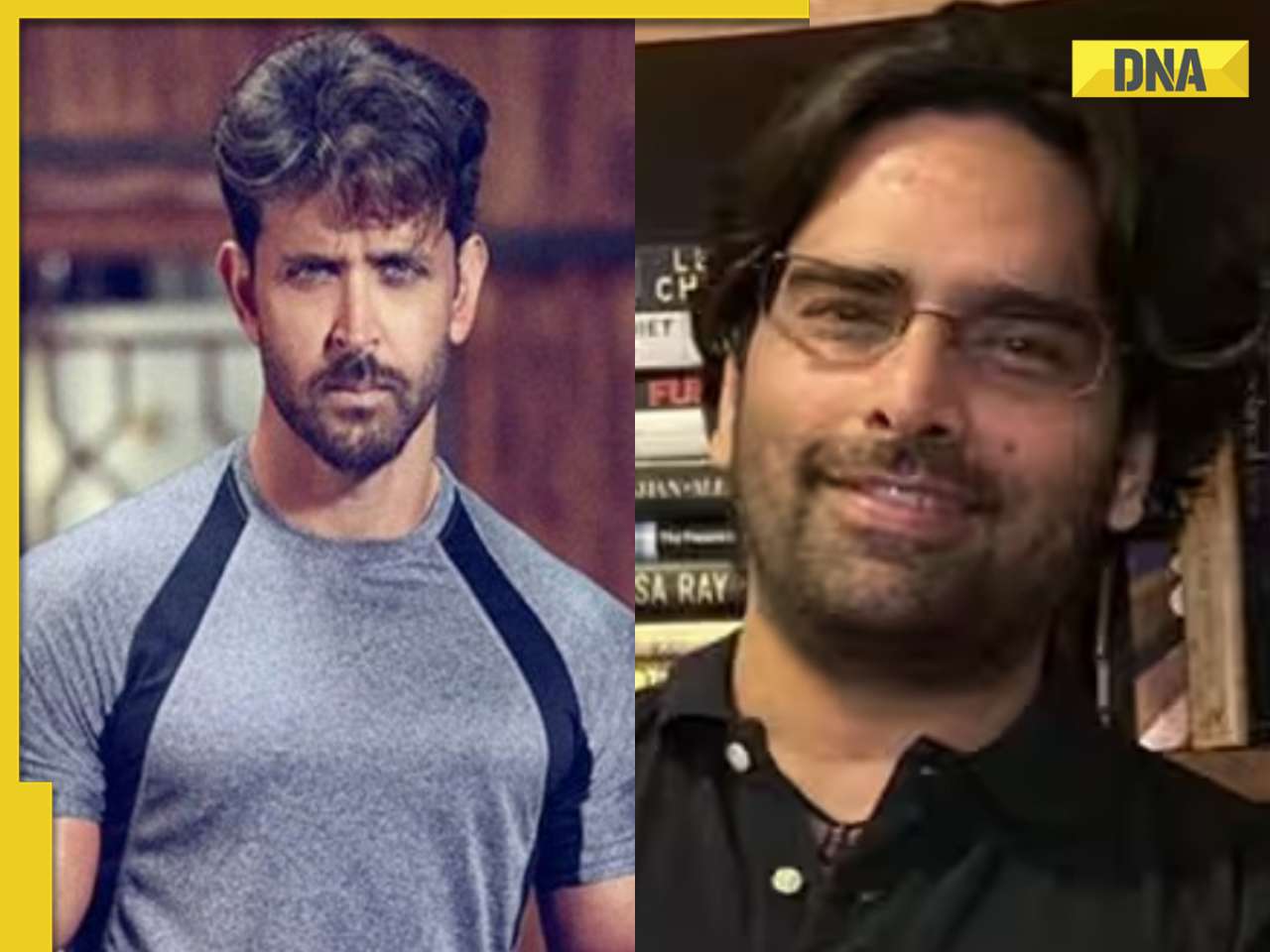
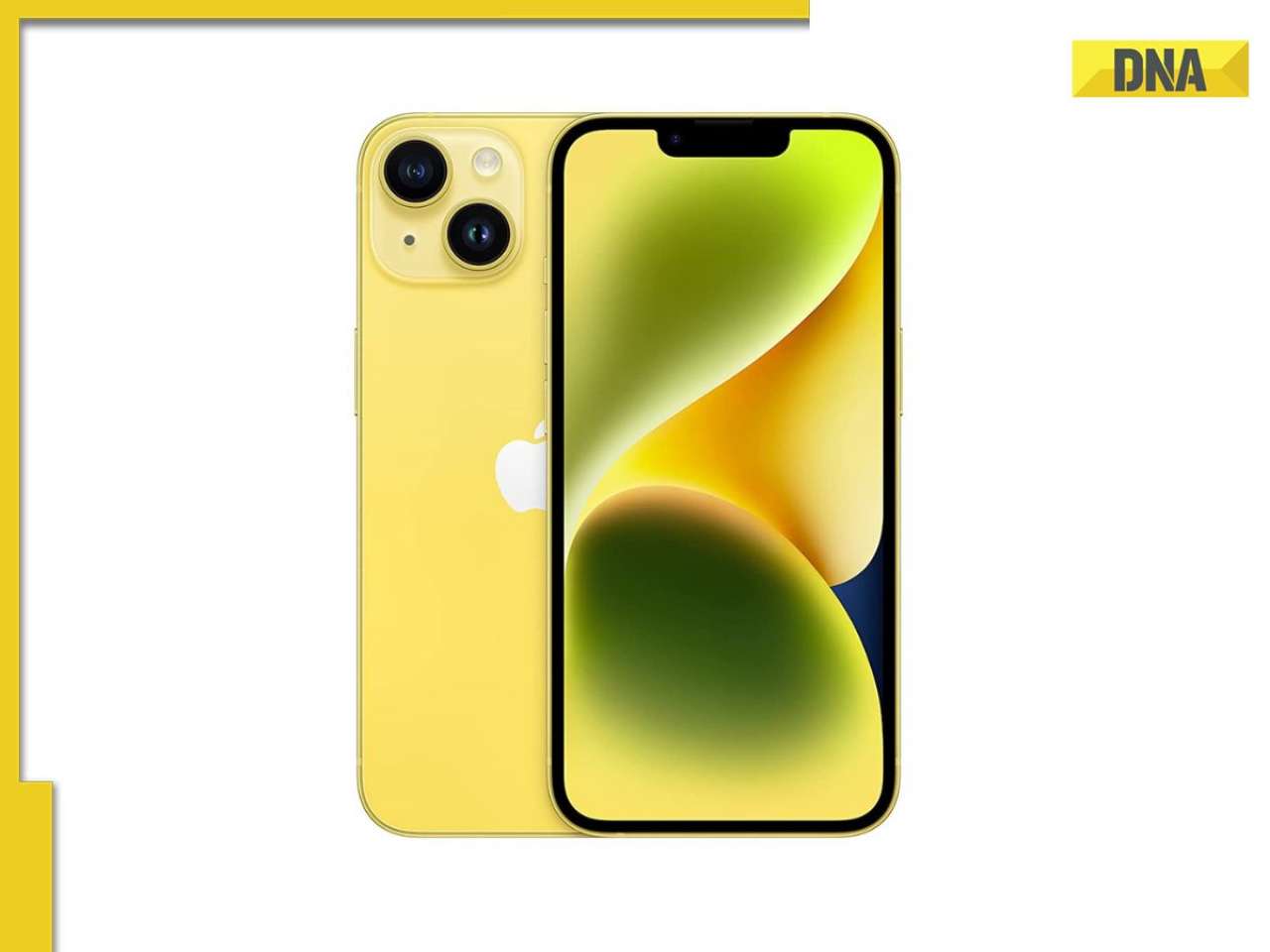
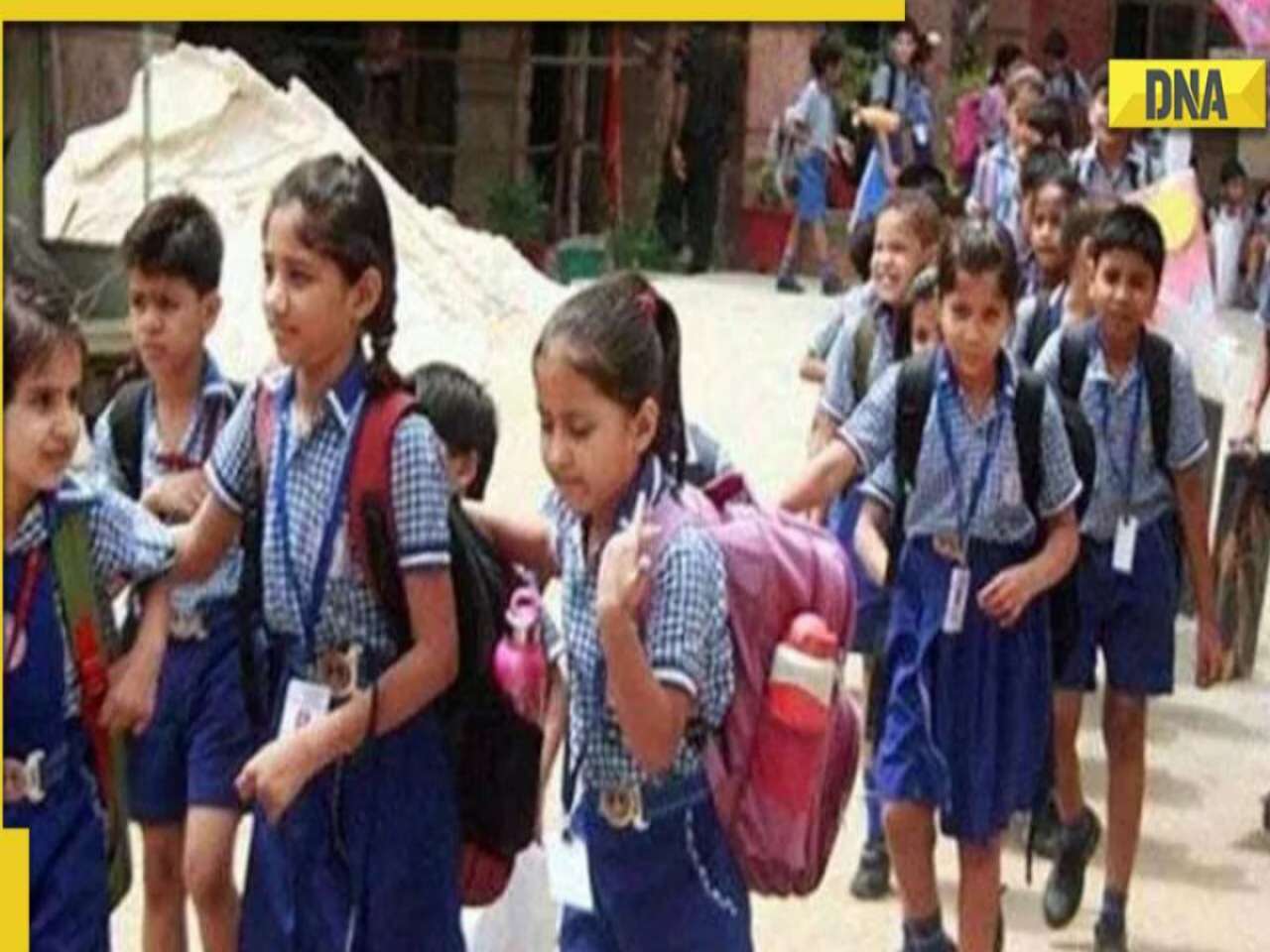
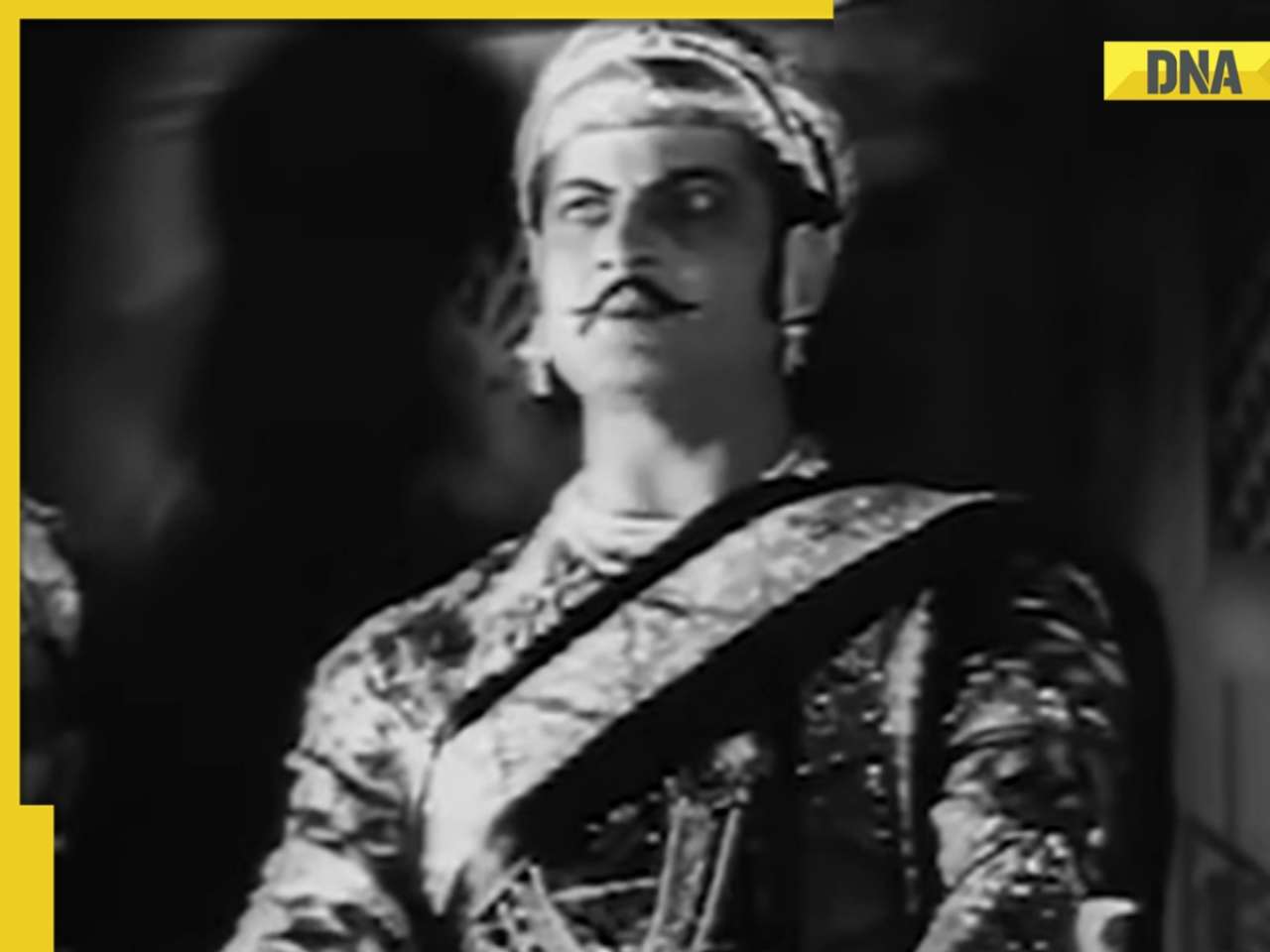
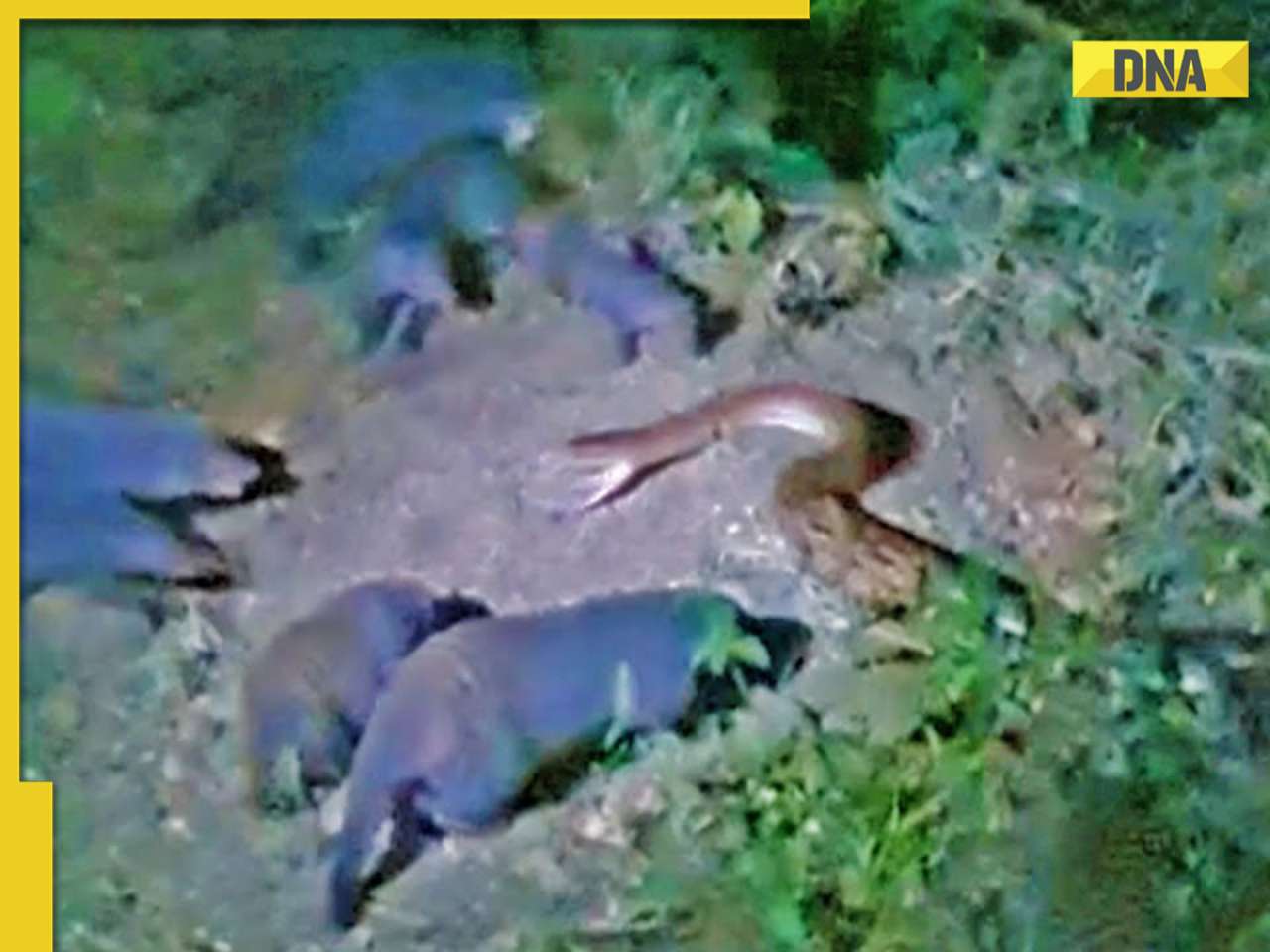

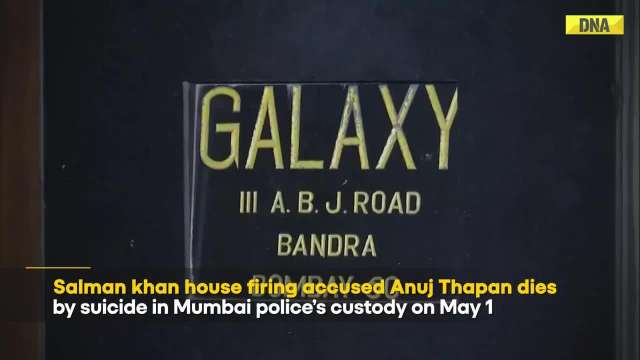


)
)
)
)
)
)